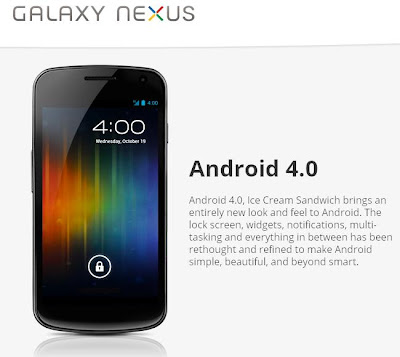Introduction
With the serious changes that have taken place in society, the need for security related products has risen to unheard of levels. Among the strongest demand is for CCTV Security Camera Systems. Large and
small manufacturers have flooded the market with products to meet this demand. In the past installation of security camera systems was relatively limited to professional installers. Now with the influx of products both in the retail market and through Internet sales, the use of a professional installer is less common. More and more you see the “Do-it-yourselfer” installing their own camera systems. The appeal is the potential savings they could realize. However the reality is that many consumers end up choosing a camera system that doesn’t meet their needs. Worse yet, even if they do catch a criminal in the act, the video image is so poor that it can’t be used for prosecutable evidence.
What was originally thought to be a good idea can turn into a total waste of your time and money. The onslaught of CCTV cameras on the market has had both good and bad consequences for the consumer. The cost of owning a high quality camera system has gone down but without the proper knowledge consumers are spending too much money on systems that don’t meet their needs. With this in mind he has put together this Guide so that you can design the perfect CCTV system. You can apply this knowledge whether you install it yourself or choose to use a professional installer. Just imagine the look in their face when they try to sell you something you don’t need. I am confident by the time you finish reading this guide you'll be able to design the perfect camera system.
What Do I Want To See?
One of the first things you need to decide before designing a camera system is "What do I want to see” It may seem obvious or even silly to ask but not having an answer will cost you money and cause hours of frustration. The biggest mistake consumers make is to purchase their camera system from one of those wholesale clubs or from a "security company" that doesn't know what they’re doing! What ends up happening is that the system is designed around the number of cameras you want versus the number and types of cameras you need! For example: Your car’s being vandalized (50ft away) so you may think that you need only one camera to cover the whole front yard and to see your car. This application actually needs 2 cameras. Here's why: To see the whole yard you need a camera with a wide-angle lens. This produces a large field of view left to right but at distances beyond around 14 feet you won't be able to identify the vandals face The proper lens would for the second camera is a 16mm lens. This produces a close up view of the car but only a few feet to the left or right of the car.This simple example gives you an idea of how important it is know what you want to see before you determine the number of cameras you need.
Here is a list of other questions you'll need to answer
1 How many cameras will be used indoor and how many used outdoor?
2 How much light is available during the day and nighttime hours? Color or Black/White
3 What will you be mounting the cameras to?
Ok so now that you have a general idea of what you want let's go into more specific detail. All cameras need light to operate properly. It can come in the form of sunlight or artificial light such as light poles or infrared light If you look at the specifications of cameras you will notice a lux rating like .05 lux etc. Lux without getting to technical is used to measure available light.
Here are some common examples of Lux ratings.
1 Direct sunlight 100,000 - 130,000 Lux
2 Overcast day 1,000 Lux
3 Deep twilight 1 Lux
4 Full moon 0.1 Lux
5 Quarter moon 0.01 Lux











